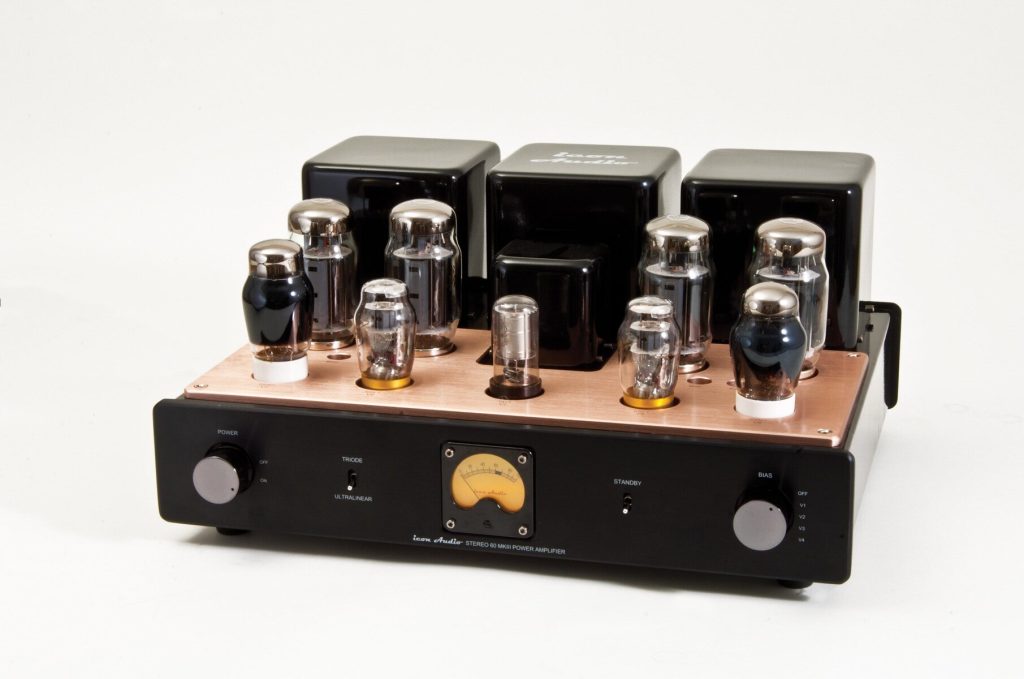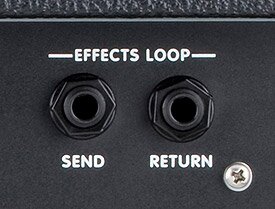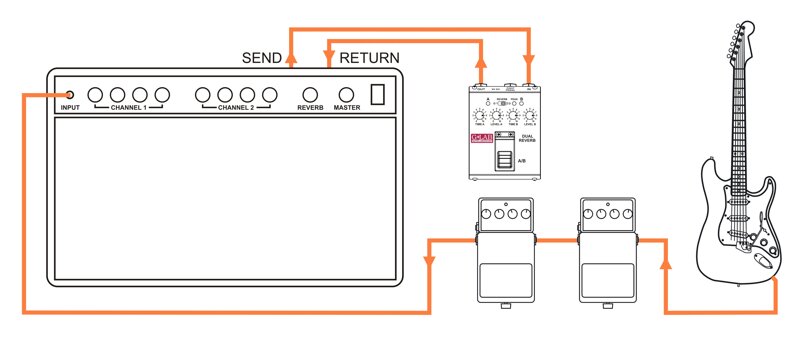
To the uninitiated it might sound like an odd question, but where you place your boost pedal in the chain makes a huge difference to the outcome.
If like us you prefer your amps old, then you might not have a boost function built in to your amp to lift you above the hordes for your rip roaring solos. No-one wants their moment to be swallowed in cymbal noise, so getting your boost options right is pretty critical.
Loosely speaking, you’ve got two main options:
Placing in the chain – putting your boost pedal on the board in the traditional daisy chain method. So, going into the first pedal and out the other side into your amp, with your boost placed somewhere inbetween.
Placing in the effects loop (post) – having all your standard pedals following the daisy chain method, with a completely separate connection via the effects loop for your boost.
As mentioned, the two options above will have dramatic effects (pardon the pun) on the outcome of your boost.
What is an effects loop?
Generally speaking in guitar amps, an effects loop is an output (send) and input (return) between the preamplifier stage and the power amplifier stage of your amp.

Generally, a using an effect after the signal has passed through a pre-amp will have a clearer impact on the end sound. But, the tone of the amp itself tends to be defined by the pre-amp.
In simple terms, all that lovely natural valve amp overdrive happens in the pre-amp, by driving the valves harder and breaking up the sound. Ever noticed how guitar amps always sound so much sweeter when live, well this is exactly why that happens.
RELATED Getting Started With Hybrid Picking
If you can feel your geek buds starting to sweat, check out the Wikipedia pages for preamplifiers and power amplifiers.

So, the first question to ask is what do you need from the boost? Is it additional drive, or a pure volume boost for lead parts?
Method one – pre
When you’re placing a boost pedal before the amp (with your other effects), what you’re essentially doing is pushing the signal into the amp at a greater pace. In turn, this pushes the amp harder and whilst it may result in a slight volume boost, the main effect will be more drive or distortion for your sound.
If that’s what you’re looking for then it’s an excellent way to add a bit more fizz to a part, particularly if you just want a bit more sustain or punch.
Method two – post
If you’re looking for a pure volume boost, then the above won’t really cut it for you. Instead, it’s far more effective to wire your boost pedal into the effects loop, just after the signal has passed through from the pre-amplifier and into the power amp.
Because the power amplifier is far less prone to distorting, you’ll be able to get that clean volume boost you need without affecting the original tone.
Hope this little bite-size tip was useful, and happy boosting!